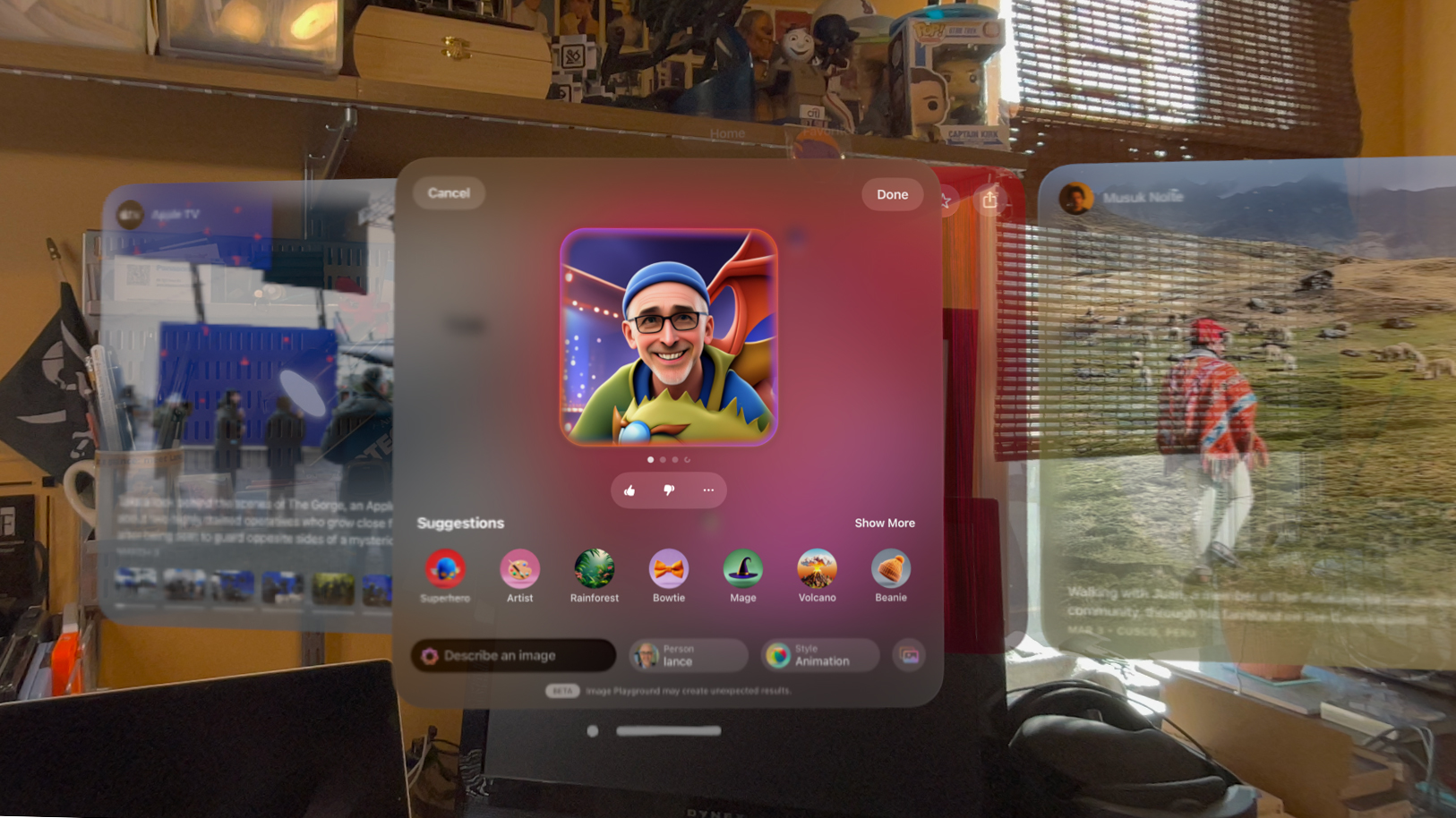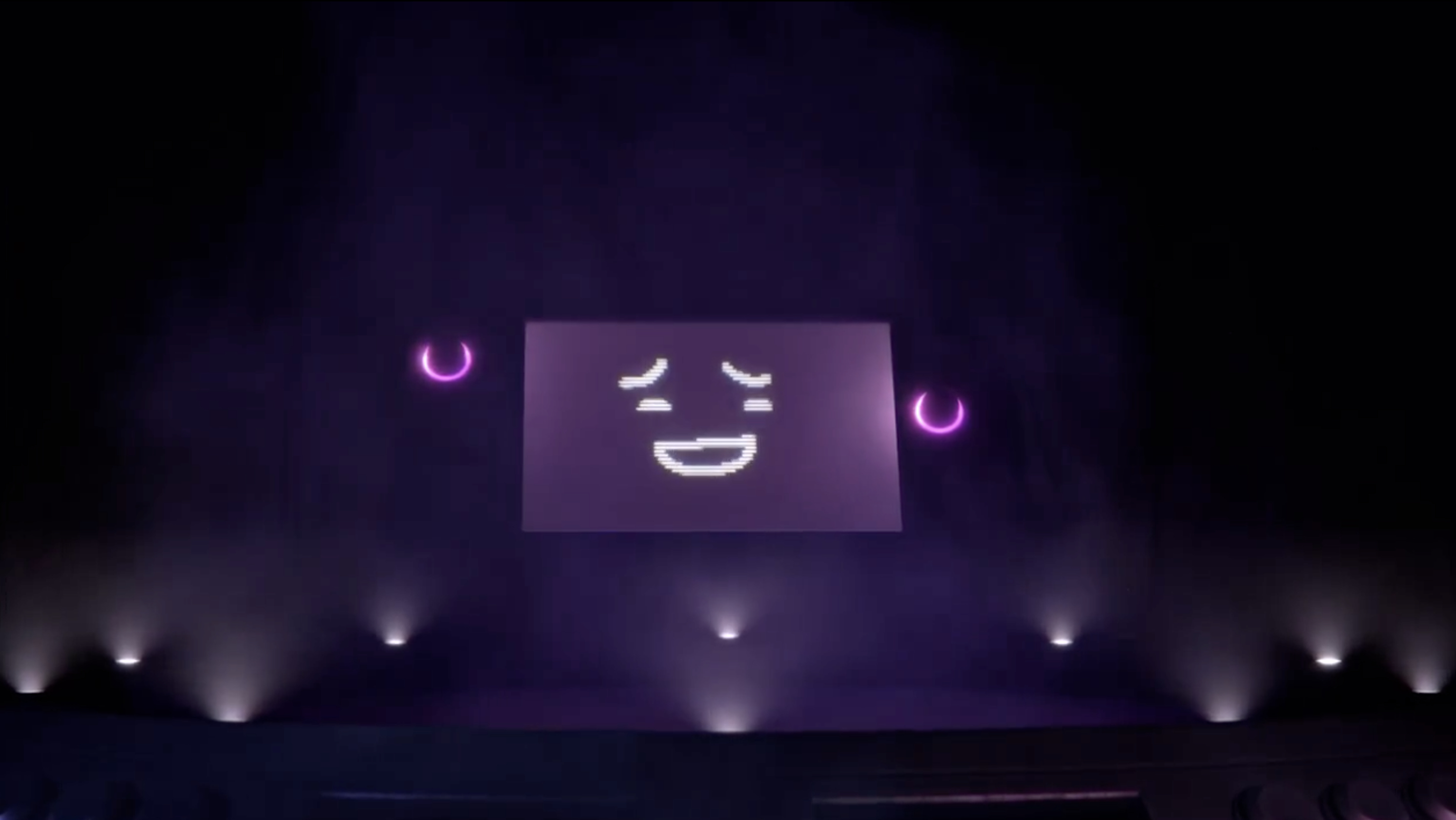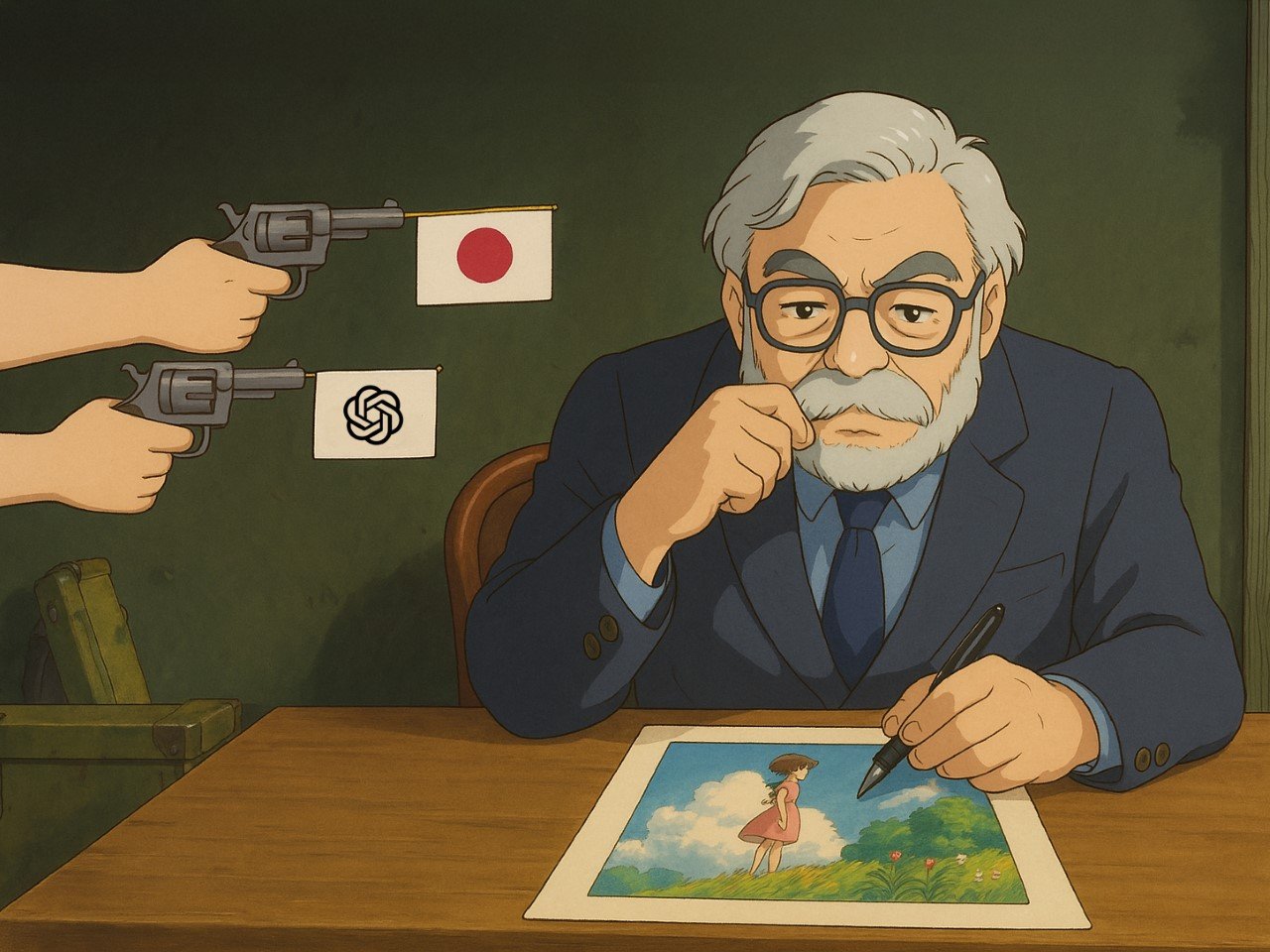
Amazon Spring Sale tech deals under $50: The best discounts you can still get on chargers, earbuds, accessories and more
www.engadget.com
Amazon's Big Spring Sale ends tonight, and though it's been far less focused on electronics than something like Prime Day or Black Friday, it still includes a few tech deals worth calling out. If youre looking to grab a new gadget on the cheap, weve rounded up the best of those that are available for less than $50. The highlights include a handful of wireless earbuds, chargers and other accessories we recommend in our various buying guides. As a reminder, you don't need to be a Prime member to access most of the deals below. Best Amazon Spring Sale deals under $50 Anker PowerConf C200 for $48 ($12 off MSRP): The PowerConf C200 is our favorite webcam for those on a tighter budget due to its crisp video quality, easy setup, solid microphones and built-in privacy cover. Its USB cable is on the shorter side, and it cant match the overall accuracy of our top pick, but its still a clear upgrade over a built-in laptop camera for a much lower price. This is another deal weve seen numerous times in the last year, but its as low as the camera usually goes. Also at Anker. The Anker 525 Charging Station. Photo by Jeff Dunn / Engadget Anker 525 Charging Station for $30 ($36 off): We recommend this reliable desktop charging station in our remote worker gift guide. It cant provide the absolute fastest charge to your smartphone or laptop (topping out at a quick enough 67W), but it packs four USB ports two USB-C, two USB-A and three AC outlets in a frame thats small enough to fit on a crowded desk. This deal ties the lowest price weve seen. Also at Anker. Anker Nano Charger 30W for $13 ($10 off): Its hard to have too many portable wall chargers on standby. This one from Anker should be particularly useful for traveling: At just over an inch thick, its small enough to fit in a pocket, while its 30W USB-C port is enough to top up recent iPhones at full speed. (Thats not enough for some newer Android phones, though.) This discount matches the lowest price weve seen. Also at Anker. Blink Mini 2 for $20 ($20 off): This deal ties the lowest price to date for the Blink Mini 2, which is the budget pick in our guide to the best security cameras. This one comes with its share of trade-offs for the low price its image quality isnt the best, it locks certain features behind a paywall and it wont automatically arm when you leave the house but it still provides functional 1080p video, color night vision, motion alerts and Alexa support in a weather-resistant frame. Its fairly simple to set up, too, though youll need to buy an external module if you want to store clips locally. Also at Best Buy and The Home Depot. The Blink Mini 2. Amy Skorheim for Engadget Amazon Fire TV Stick HD for $20 ($15 off): This is the budget pick in our guide to the best streaming devices. It can only play up to 1080p, so its really meant for older or smaller TVs that you want to modernize with streaming apps. Its a bit more sluggish than Amazons higher-end 4K sticks, too, and all Fire TV devices tend to promote Amazon-owned services like Prime Video above all else. Still, it works with nearly all the major streaming apps, and its remote has Alexa built-in, so you can control your TV and certain smart home devices with voice commands. It also supports basic HDR10 but not Dolby Vision plus it can pass-through Dolby Atmos audio to a compatible soundbar or receiver. You could do worse if you just want the cheapest streamer possible. This deal is $2 higher than the all-time low we saw during the holidays, but it matches the best price weve tracked otherwise. Amazon Music Unlimited 3-month trial for free ($24 off): Amazon is offering new subscribers three months of its Music Unlimited streaming service for free. Normally, it gives new users a one-month trial. Though Music Unlimited isnt a top pick in our guide to the best music services, it still gets you lossless streaming quality and an extensive library of both music and podcasts. You could do worse if you just want to bum a few months of music streaming for no cost. Just note that your subscription will auto-renew once the trial period ends until you cancel. Chipolo One for $20 ($5 off): The Chipolo One is the top overall pick in our guide to the best Bluetooth trackers. While Apples AirTag can tap into a substantially larger crowd-sourcing network, weve found the One to send separation alerts faster when youve left an item behind and ring louder when youre back in its vicinity. Unlike the AirTag, it can also attach directly to a keychain. It probably isnt the safest choice for long-distance travel, but its a convenient security blanket if you, say, leave your keys or wallet behind at a restaurant. This is another discount thats been available for a few weeks, but its just 10 cents more the best price weve seen.This article originally appeared on Engadget at https://www.engadget.com/deals/amazon-spring-sale-tech-deals-under-50-the-best-discounts-you-can-still-get-on-chargers-earbuds-accessories-and-more-091512018.html?src=rss
0 Yorumlar
·0 hisse senetleri
·11 Views











